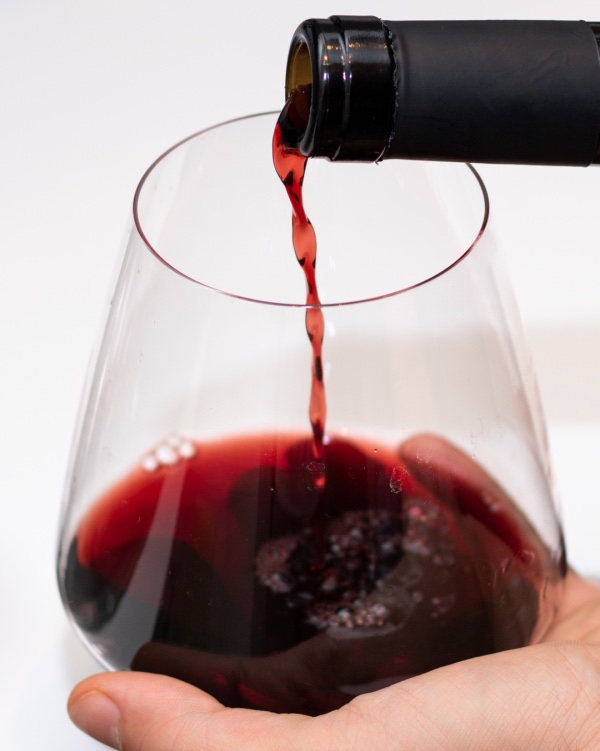Every moment can be better with a wine. There is no doubt about that. But for this wine to accompany us in the best possible way, it is important that we respect its serving temperature. Just as man influences part of his behaviour at extreme temperatures (cold or hot), the same happens with wine.
For red wines, for example, a very cold temperature will make their texture in the mouth very rough and not very pleasant. It will also be much more difficult to distinguish its aromas, as the wine will be “out”.
If a red wine is served at a higher temperature than recommended, the alcohol content will be more pronounced both in the nose and in the mouth.
In the nose, the alcohol appears first because it evaporates more at higher temperatures. In the mouth, this alcohol will leave us with a burning sensation, which is not very stimulating to continue drinking.
In short, it will be a somewhat unpleasant experience for both senses.
With red wines, the serving temperature is important to find the balance between acidity, alcohol and tannins.
White or rosé wines are no exception. They must also be served at a suitable temperature. When white wines are served at extremely cold temperatures, they pass through the mouth and generally leave a metallic aftertaste. Their aromas are also subdued. With almost imperceptible tannins, white wines can be served at lower temperatures, allowing their refreshing acidity to show off its full splendour.
The sugar in the wine is also perceived differently depending on the temperature; at higher temperatures the wine becomes sweeter if it has a high sugar concentration. On the other hand, at low temperatures sugar moderates other aspects of the wine such as bitterness and astringency.
In the case of sparkling wines, there are bubbles in addition to those mentioned above. At a temperature of 7 to 10 degrees, the gas bubbles can stay alive and work their magic in our mouth.
It is important to remember that at temperatures below 6 degrees we can hardly perceive any aromas or flavours, as our senses become “numb”.
To enjoy it at its best, we recommend that you serve it at the right temperature:
✓ For white or rosé wines, we recommend a serving temperature of 8° to 12°C.
✓ For young or light red wines, from 12° to 15°C.
✓ For strong red wines, the serving temperature can vary between 14° and 18°C.
✓ For sparkling wine, we recommend serving it between 7° and 9° C.
With these recommendations it is always better to cool a wine BEFORE serving.
If a wine that is too cold can reach a higher temperature, we just have to let it rest a little in the glass. But a wine that is served at a higher temperature, once it is already in the glass, is more difficult to cool or practically impossible. Ice should never be an option for wine.

